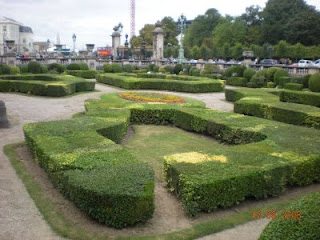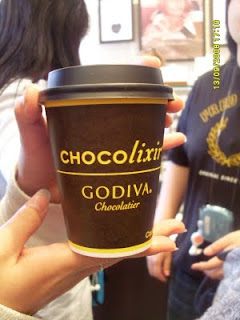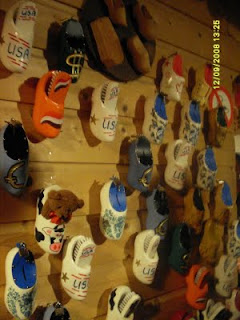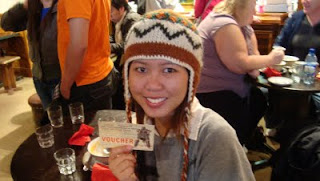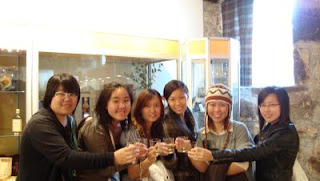14 September 2009
After having breakfast at hotel (of course bread, corn flakes and yogurt again), we travelled down to Luxembourg. It is ruled by a Grand Duke. It is the world's only remaining sovereign Grand Duchy. The country has a highly developed economy, with the highest Gross Domestic Product per capita in the world.
Luxembourg lies on the cultural divide between Romance Europe and Germanic Europe, borrowing customs from each of the distinct traditions. Luxembourg is a trilingual country; German, French, and Luxembourgish are official languages. Although a secular state, Luxembourgh is predominantly Roman Catholic.
Monument du souvenir
First, we first reach monument du souvenir, usually known by the nickname of the Gelle Fra (Luxembourgish for "Golden Lady"), is a war memorial in Luxembourg city, in southern Luxembourg. It is dedicated to the thousands of Luxembourgers that volunteered for service in the armed forces in the Allied Powers in the First World War. It is situated in Constitution Square.

Royal Guard
Next, we headed to the Royal Guard at the Duke Palace. We saw a young handsome guy on duty. I was busy taking picture for my friends who were posing in front of the guard. Consequently, when it was my turn, the guard started marching.

Old fortress city
Here, we reached the old fortress city. It is now a Unesco World Heritage site.


Luxembourg viaduct
Luxembourg viaduct, also known as Passerelle. It carries road traffic across the valley. It is 290m long, with 24 arches, and 45m above the valley floor. It is also known as Old Bridge by people from Luxembourg city. The "new bridge" in this comparision is the Adolphe Bridge, which was built between 1900 and 1903.

It was built between 1859 and 1861 to connect the city centre with Luxembourg's new railway station, which was located away from the city centre so as to not detract from the defensive capabilities of the city fortress.

Pic: the new bridge, Adolphe Bridge
.JPG)

Place D' Armes
It is a square in Old Montreal quarter of Montreal, Quebec, Canada. The second oldest public site in Montreal.










